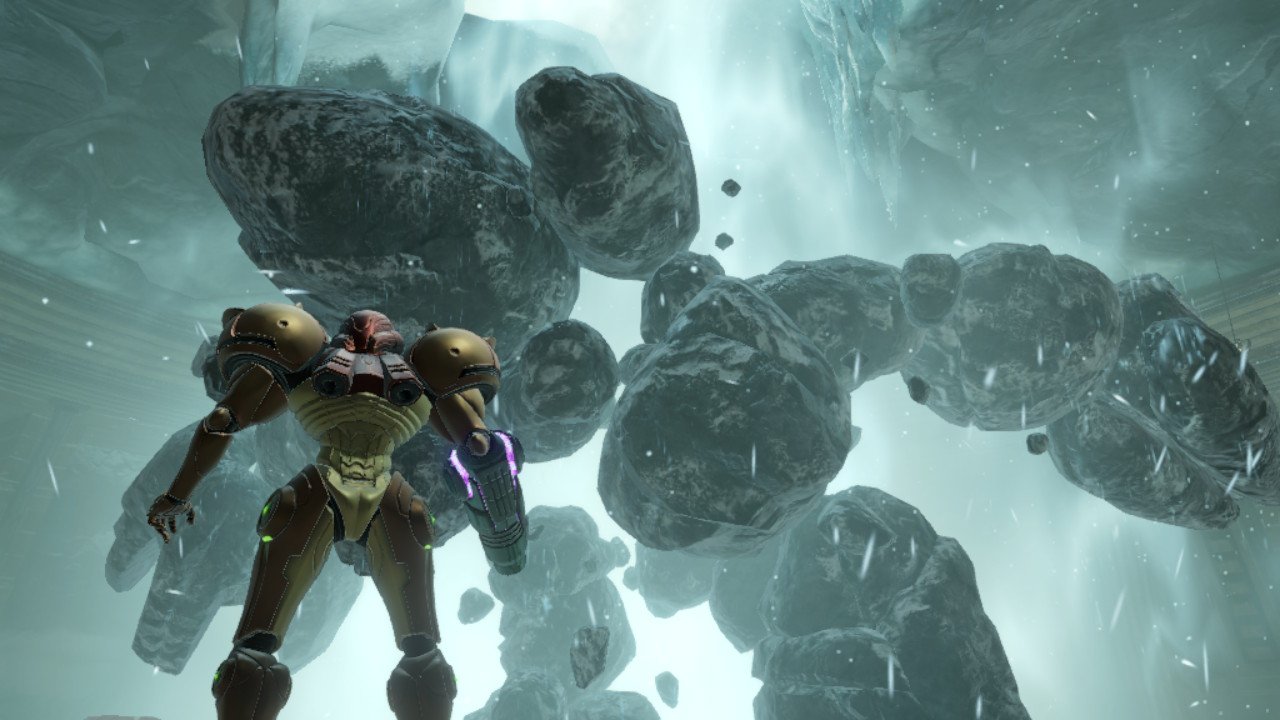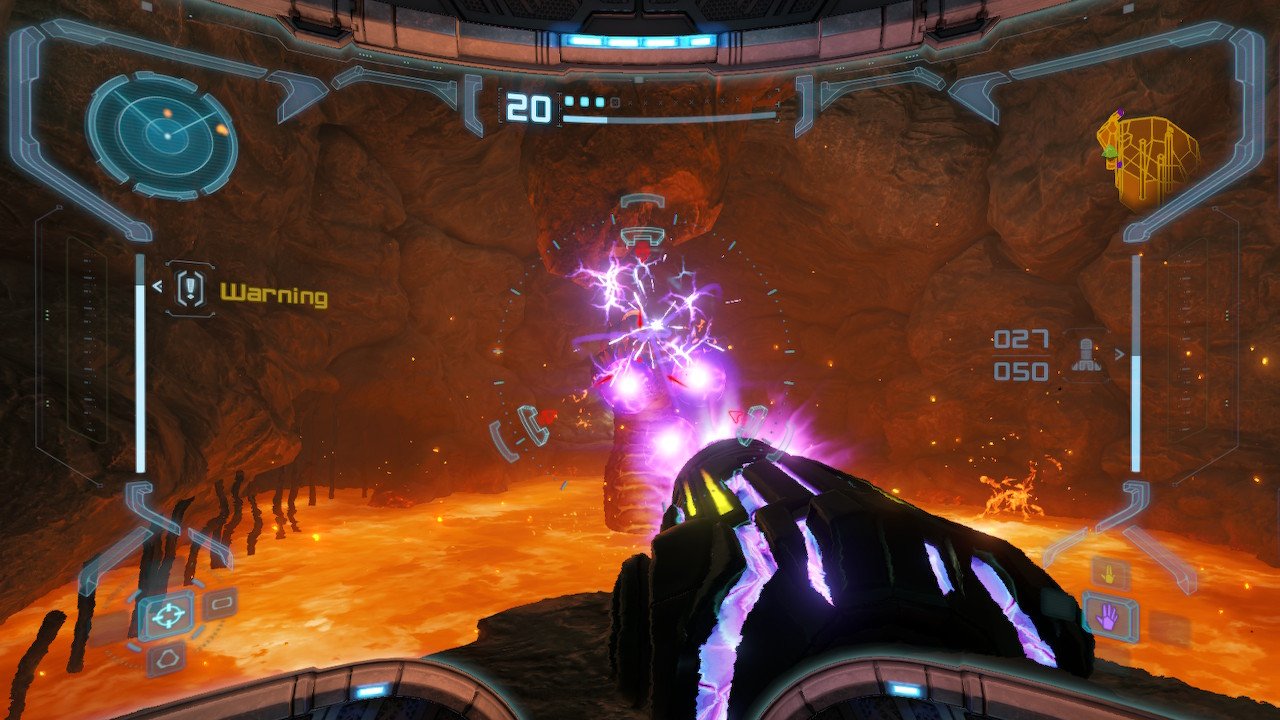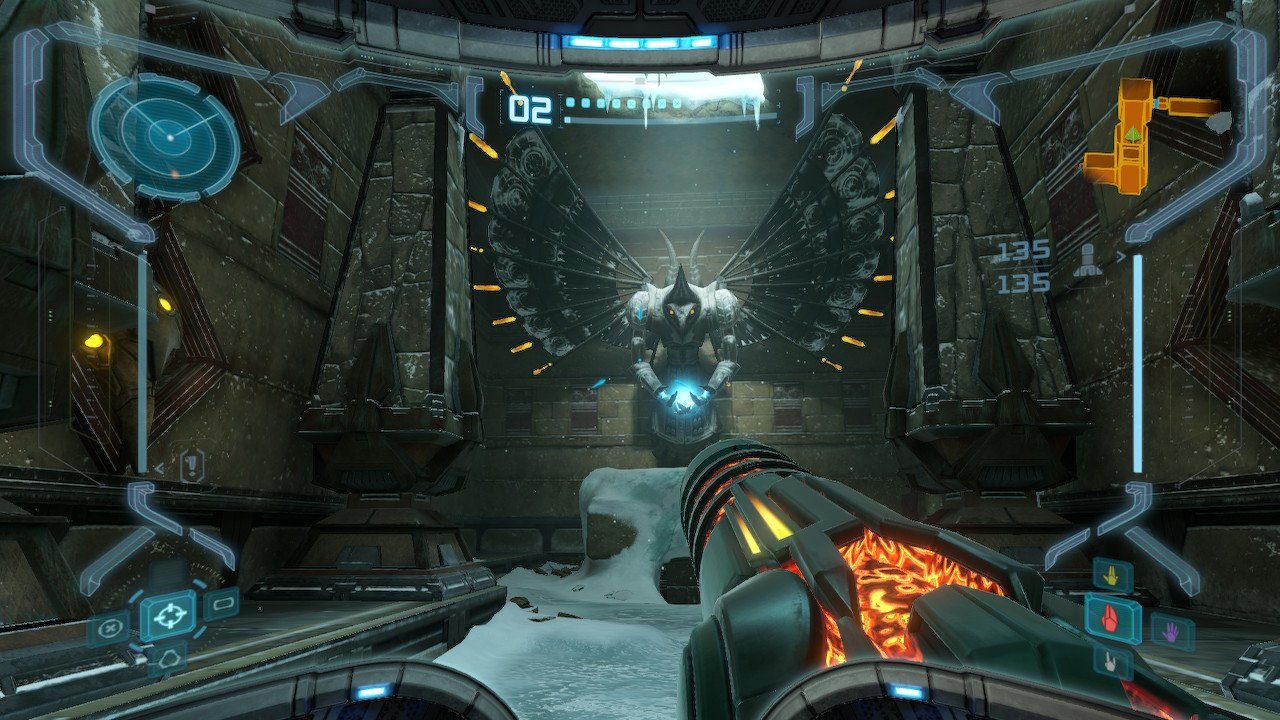Metroid Prime Remastered Review - Possibly the Greatest-ever 3D Metroidvania
/Metroid Prime was my first-ever Metroid title, but I can still recall the rampant online speculation and controversy regarding Nintendo’s announcements that the 2002 game would be made by the then-unknown Retro Studios, and that it would be a first-person “adventure” (as opposed to “shooter”), eschewing the series’ 2D roots. Critically, the game blew all expectations out of the water, as it earned perfect scores all across the board, expanded the scope of the first-person-shooter format, and not only brought Metroid to a new generation and dimension, but provided Nintendo with an exclusive first-person sci-fi franchise in the vein of Halo or Doom.
Ever since late 2021, rumors had been circulating about remastered versions of the Wii’s Metroid Prime Trilogy for the Switch. Nintendo answered the speculation with a mic drop, by both announcing and shadow-dropping Metroid Prime Remastered on their February 8th Nintendo Direct, delighting fans worldwide and causing me to put everything on hold and revisit one of my favorite games of all time.
As this would be only my third play-through, I was definitely eager to explore whether or not Metroid Prime really was as amazing as my memories of it, but since I’ve been burned in the past by the uneven quality of Nintendo’s Zelda remasters, I was also curious as to whether this remaster would be another disappointing effort such as Twilight Princess HD or Skyward Sword HD, or a rare triumph, like Wind Waker HD. As Metroid Prime’s initial sales didn’t set the world on fire and Metroid Prime Trilogy is near impossible to find, I’ll provide an overview of the game before I get into Remastered.
Immersive, Atmospheric, and Intense
At its initial release, my personal experience with Metroid Prime was one of great wonder and immersion, as I felt immediately transported into Samus Aran’s perspective, thanks to the in-game HUD simulating the inside of her helmet. Not only could you see the reflection of Samus’ face occasionally and use three alternate visors to sense hidden enemies and surroundings, but visual effects such as smoke, static, frost, heat, and Phazon radiation put you in the intergalactic bounty hunter’s space boots as she investigated Tallon IV, a planet totally ravaged by a corrupting alien poison and now turned into a terrifying bioengineering operation by the dreaded Space Pirates.
Metroid Prime begins with Samus’ gunship landing on one of the Space Pirates’ research vessels, and immediately introduces you to its many mechanics, as well as the capabilities of Samus’ Varia Suit, before taking them all away and leaving you to explore the planet below, chasing down the terrifying Meta-Ridley and investigating the wreckage of the space station and its surroundings in an attempt to understand what happened.
Like the best works of sci-fi horror, Metroid Prime has its share of dread and eeriness. Ancient ruins host hidden messages, final farewells from the native Chozo who died in the hopes of containing the corrupting Phazon. Unseen Chozo Ghosts and cloaked Space Pirates ambush you as you explore the planet’s interconnected regions, which range from the beautiful, earthy Tallon Overworld and Chozo Ruins, to the frozen shores and canyons of Phendrana Drifts, the lava-strewn Magmoor Caverns, and other locales I’d rather not spoil.
Though the pervading feeling is one of loneliness and isolation, Samus was raised by the Chozo, so her kinship with them shines through in her ability to translate their hints and find the essential weapons and equipment left specifically for her so that she might piece together twelve Chozo Artifacts and confront her dual enemies – the Space Pirates, and the corrupting Phazon they’re trying to harness and control.
The setup is perfect, and the execution is even better. Unlike most games in the Metroidvania subgenre, Metroid Prime’s world and level design ties perfectly into the plot and setting. Samus can use her Scan Visor to look up information on creatures, enemies, environments, computer modules, and the like, greatly enhancing the player’s understanding of the game world without necessarily interrupting the flow of the experience.
Puzzles and objectives are placed with great care with regards to both progression and backtracking, and the crisp combat evolves in difficulty nicely as you progress and face off against increasingly challenging enemies, environments, and bosses, with beam and visor switching becoming second nature, secrets becoming harder to find, and save points growing further apart.
I have a few warnings for players unfamiliar with Metroid Prime. First off, it does heavily feature first-person platforming. Secondly, there are moments where camera angles will seemingly arbitrarily switch on you while you’re in Morph Ball mode, making some encounters frustrating. Finally, if you own a Switch Lite, don’t own a Pro Controller, or play exclusively in handheld mode, you might find yourself in instances where the control stick and triggers are uncomfortable or inadequate, such as intense boss battles or a few delicate Morph Ball segments that demand precision control stick movements.
More Than Just A Fresh Coat of Metallic Paint
All of the elements that made the original Metroid Prime great are present and accounted for in Remastered. The presentation has obviously gotten a huge boost, with the game apparently being rebuilt from the Wii Prime Trilogy’s engine with new textures, lighting effects, and model enhancements. At times you may notice a lack of anti-aliasing and a few cut corners, presentation-wise, in things such as cinematics or beam charging particle effects. Some key enemies such as the Omega Pirate could have used a little extra polish, but overall Metroid Prime Remastered looks gorgeous and runs even better at a locked 60 frames per second that never dips, which is especially impressive as there are no loading screens or performance hiccups and the elevators are much quicker.
The soundtrack has been remastered as well, and the electronic choir and chimes of Phendrana Drifts are as calming as ever, while the chilling and haunting guitar wails of the Space Pirate theme combined with anxiety-inducing synths will keep you determined to end conflicts as quickly as possible.
I definitely commend the effort made to incorporate several different control schemes. As I was using an 8bitdo controller without gyro controls, the game defaulted to a standard dual-stick control scheme, which worked seamlessly. The d-pad is used to switch visors by default, and you’ll be switching beams by holding X while selecting a direction on the d-pad. There’s an option to swap visor and beam controls as well. The original game’s single-stick control scheme (utilizing the second stick for beam swapping) is also available. As for the inevitable motion controls, gyro controls replace the infrared Wii Remote pointer from Metroid Prime Trilogy’s control scheme.
There’s also a hybrid scheme that lets you use gyro controls for fine-tuning alongside dual-stick controls. I might have preferred this method if I’d found my missing Switch Pro Controller, but the small sticks and limited Bluetooth range on my Joy-cons left me utilizing my 8bitdo. The motion controls work best in the ‘hybrid’ setting for fine-tuning your aim, but I often forgot they existed. I applaud Nintendo for allowing us to tweak the stick sensitivity, greatly enhancing my experience with the game, as I suffer from motion sickness from first-person games and can only play in small chunks.
The Perfect Way to Experience Samus’ First 3D Adventure
Many different studios worked on Metroid Prime Remastered, but you wouldn’t know it from how seamless and of a piece it all is. Models, textures, and backgrounds have all been wonderfully updated with great care and faithfulness relative to the original game, and accessibility options for the color-impaired and a Casual mode for folks more interested in the story are very welcome additions. The game also rewards you with Extras such as updated galleries with new concept art and the phenomenal soundtrack.
Metroid Prime Remastered goes above and beyond to provide the best possible experience for the player. It is an incredible remaster in every sense of the word. In fact, it may rank alongside Rez HD as one of the best HD remasters I’ve ever played, as it is incredibly faithful to the original, more accessible, and beautiful both visually and aurally. As there are literally no downsides, I have no problem calling this the definitive version of the timeless classic.
My only hope now is that Nintendo is working on bringing us Metroid Prime 2: Echoes and Metroid Prime 3: Corruption. As those games are not available on the eShop, I really hope that in the lead-up to the highly-anticipated Metroid Prime 4, Nintendo gives folks who’ve never gotten to play those classics a chance to experience them remastered with the level of quality and attention to detail afforded the original Metroid Prime.
10/10 (BUY)
PROS
The core game holds up incredibly well and is accessible to all with very little to age it
A variety of control schemes and options including sensitivity sliders make controlling Samus a breeze
Gorgeous remastered visuals and lighting effects help with visibility and detail without being intrusive
CONS
Certain quirks such as random perspective changes during Morph Ball segments can be jarring
Some models and textures look better than others, with certain particle effects such as beam charging scaled back
What I’ve Played
Beat the game on Normal difficulty in around 15 hours
Ended with 170/250 Missiles and 13/14 Energy Tanks











Assassin’s Creed Shadows greatly blends the classic Assassin’s Creed stealth with the RPG elements of recent entries. Its dynamic world, seasonal changes, and improved stealth mechanics make exploration a joy, but Yasuke’s restrictive gameplay, overall story, and a half-baked notoriety system hold it back.